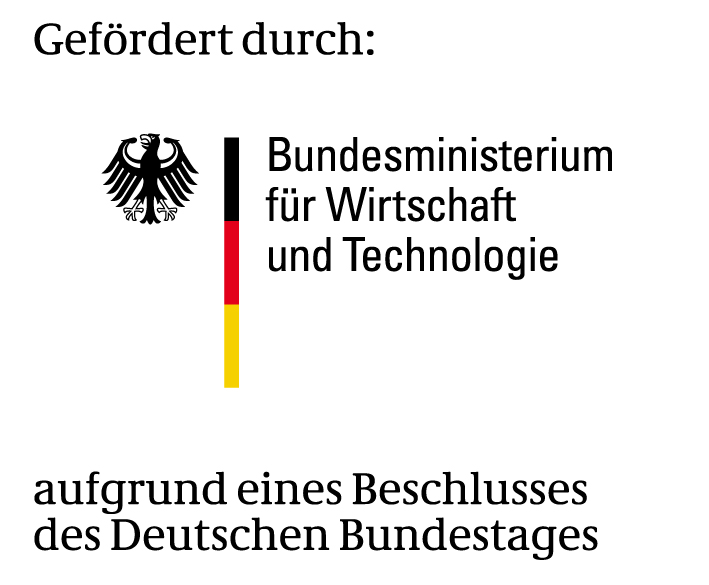Ko-PER
cooperative perception
Ko-FAS Research Initiative
Cooperative Sensor Systems and Cooperative Perception Systems for Preventive Road Safety
The Ko-FAS research initiative consists of three joint projects. The joint projects Ko-TAG and Ko-PER comprise research of innovative procedures in cooperative sensor technology for a precise assessment of traffic environments. Both joint projects complement each other and generate important synergies due to the exchange of information and results.
To maximise the potential of these two joint projects, and in order to establish the best possible basis for their large-scale and rapid economic implementation, the Ko-KOMP project is developing methods, components and tools, and conducting research on the added value for the national economy that can be attained by cooperative accident prevention and mitigation systems.
| Ko-PER - Cooperative Perception |
In order to improve preventive road safety, the Ko-PER project aims to capture a complete picture of the local traffic environment. This is achieved by exploring the use of distributed sensor networks. An overall image of the local traffic situation can be built up by exchanging and merging data gathered by the various sensor systems and their surroundings.
The application of these cooperative techologies aims to seemlessly capture the local environment, more specifially also to perceive occluded traffic participants and track the evolution of traffic. The latter allows a steady and comprehensive judging of possible risks for collisions. The cooperative network of sensors contains environmental perception sensors of individual vehicles as well as sensors mounted on the infrastructure. This information is exchanged between vehicles (vehicle-to-vehicle) as well as between vehicles and infrastructure communications (vehicle-to-infrastructure).
| Participation of FORWISS |
FORWISS is part of the joint project Ko-PER and develops innovative methods for high-precision self-localisation of vehicles. Our approach is based on landmarks. The association of objects, which are captured from the local environment of the vehicle, with elements of a digital map allows the precise estimation of the vehicle's position and orientation.
We use a novel method to generate high-precision digital maps, which allows controlling the global accuracy of map elements as well as minimizing of the data volume required for storing the map. This approach as well as the mathematical features given by arc-splines make the use of maps highly efficient.
A further key aspect of our work consists of researching the fusion of localisation results coming from various ego-localisation methods which have been developed within Ko-PER.

Project staff
Project partners
- BMW Group Forschung und Technik, München
- Continental AG Division Chassis und Safety, Frankfurt a.M.
- Continental Safety Engineering International GmbH, Alzenau
- Daimler AG, Sindelfingen
- Delphi Deutschland GmbH, Wuppertal
- Fraunhofer Institut für Integrierte Schaltungen, Erlangen
- Fraunhofer-Institut für Nachrichtentechnik, Heinrich-Hertz-Institut, Berlin
- Hochschule Aschaffenburg
- Interdisziplinäres Zentrum für Verkehrswissenschaften, Würzburg
- Karlsruher Institut für Technologie, Institut für Theoretische Elektrotechnik und Systemoptimierung
- SICK AG, Hamburg
- Steinbeis Innovationszentrums für Embedded Design und Networking, Heitersheim
- Technische Universität Darmstadt — Fachgebiet Fahrzeugtechnik
- Technische Universität München, Fachgebiet Höchstfrequenztechnik
- Universität Ulm, Institut für Mess-, Regel- und Mikrotechnik
- Verkehrsunfallforschung an der TU Dresden GmbH